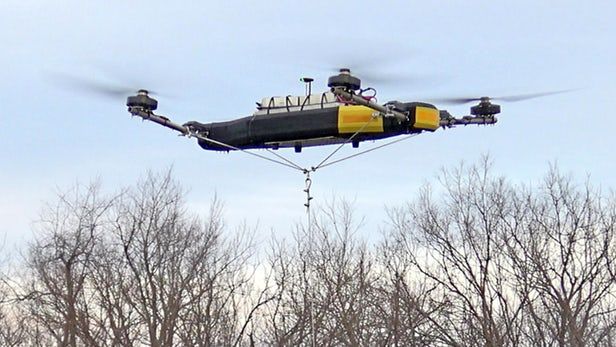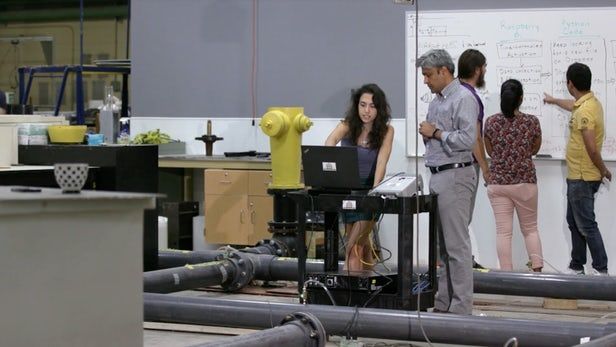Delta says the Atlanta airport’s Terminal F has become the “first biometric terminal” in the United States where passengers can use facial recognition technology “from curb to gate.”
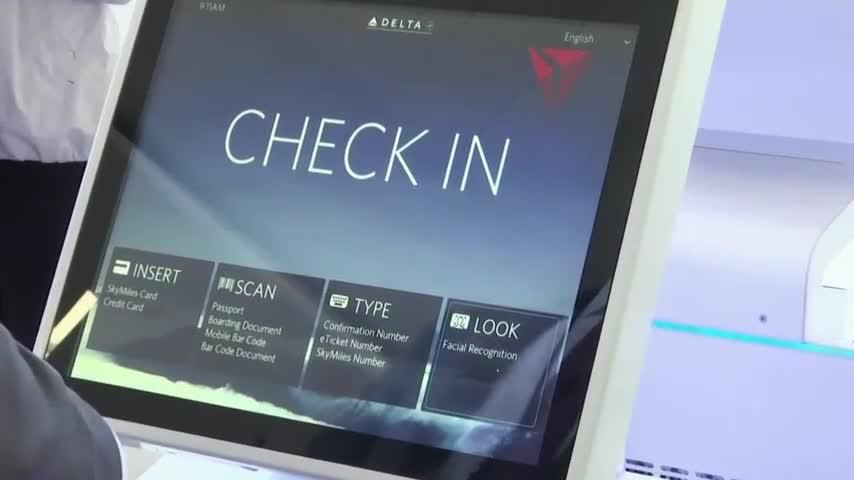

AI SpaceFactory has initiated printing of NASA Construction Level 2. 3D-printing process proceeding as planned. Due to technical issues live-streaming of the event was disconnected. Updates will be provided throughout the day.
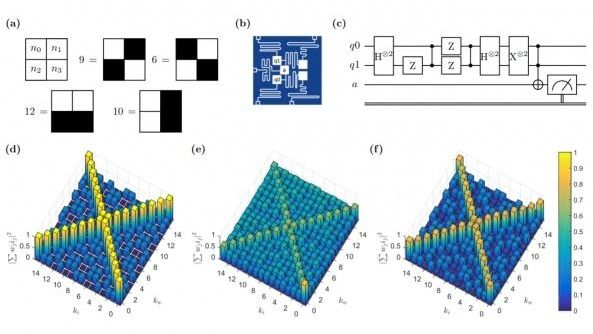
Back in 1958, in the earliest days of the computing revolution, the US Office of Naval Research organized a press conference to unveil a device invented by a psychologist named Frank Rosenblatt at the Cornell Aeronautical Laboratory. Rosenblatt called his device a perceptron, and the New York Times reported that it was “the embryo of an electronic computer that [the Navy] expects will be able to walk, talk, see, write, reproduce itself, and be conscious of its existence.”
Animatronics engineer Matt Denton has worked on some pretty mindblowing projects. He’s built special effects robots for “Star Wars,” “Harry Potter,” and “Jurassic World.”
But his latest project may just be his most ambitious yet. Denton has created a huge, six-legged driveable robot that has been compared to a spider. And it’s won him a Guinness World Record.
Denton was interested in robotics from an early age, “I was mad for technical Lego,” he told Business Insider. In fact, he still likes to build machines with Lego, as is attested by his YouTube channel.

Tesla CEO Elon Musk announced that the automaker is soon going to release new software updates with an upgraded rain-sensing neural net and several Easter Eggs.
With the Autopilot 2.0 system, Tesla decided not to go with a normal rain sensor to activate its automatic windshield wiper system and instead relies on a neural net system to detect rain with its camera.
They started releasing a beta version earlier this year.
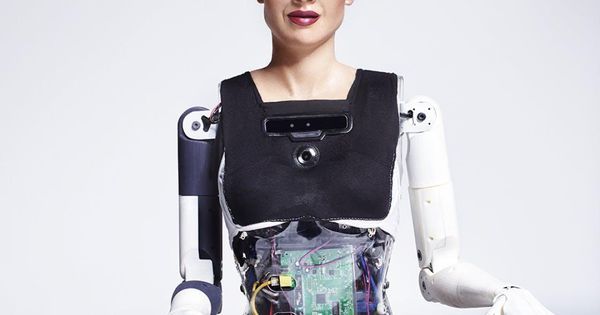
Recently, I came across a video featuring Jimmy Fallon interacting with the world’s first robot citizen, Sophia, and a new edition to the robot world, her little sister, Little Sophia. If you have not come across Sophia and Hanson Robotics then check out Zara‘s article to find out more. In short, Sophia is a human-like robot created by Hanson Robotics, an artificial intelligence company located in Hong Kong.
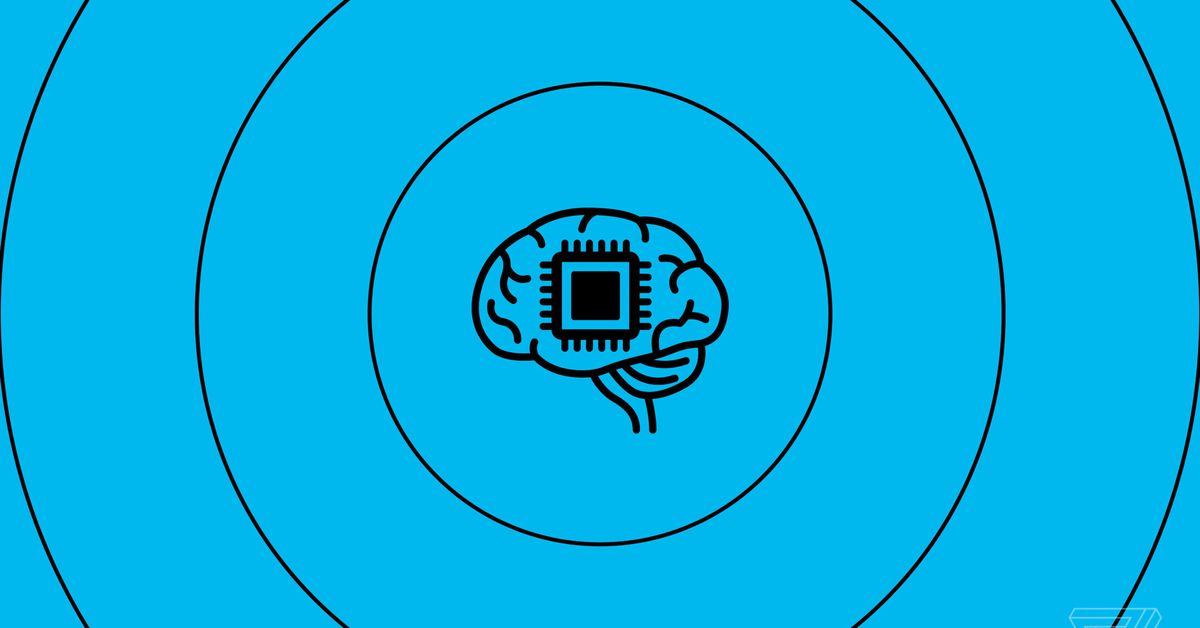
In a new book published this week titled Architects of Intelligence, writer and futurist Martin Ford interviewed 23 of the most prominent men and women who are working in AI today, including DeepMind CEO Demis Hassabis, Google AI Chief Jeff Dean, and Stanford AI director Fei-Fei Li. In an informal survey, Ford asked each of them to guess by which year there will be at least a 50 percent chance of AGI being built.
Short answer: maybe within our lifetimes, but don’t hold out.

Artificial intelligences are about to get a place to call their own — and it’s located somewhere humans are unlikely to want to visit.
According to a story published Monday in the South China Morning Post, scientists from the Chinese Academy of Sciences plan to construct a research base deep in the South China Sea, and they want artificially intelligent robots to run it.
This base could be the “first artificial intelligence colony on Earth,” those involved in the project told the SCMP.
